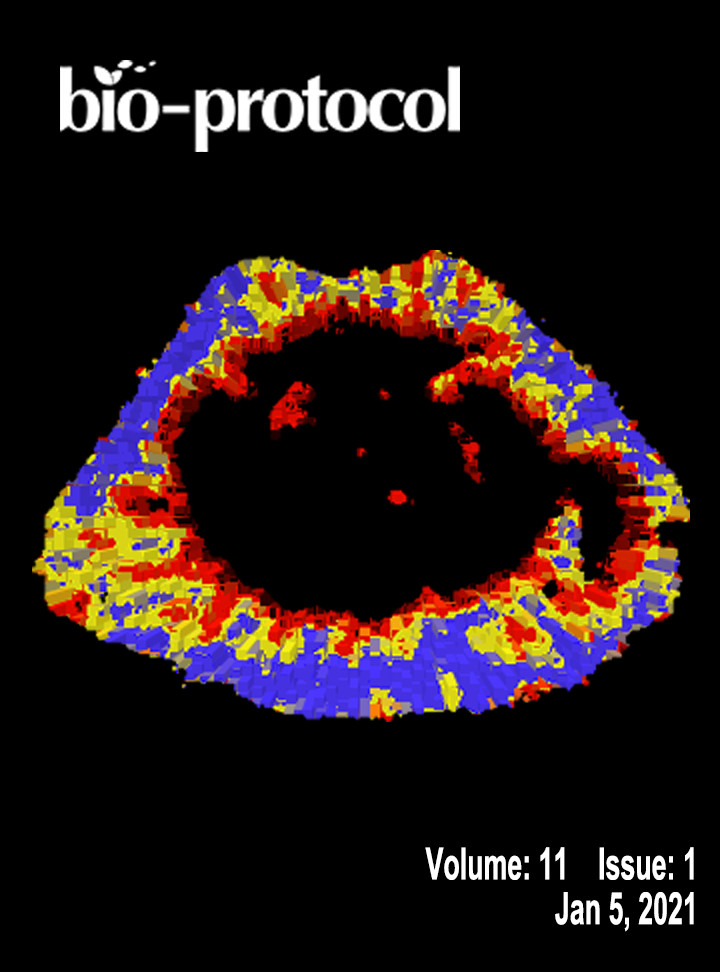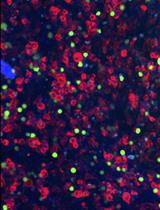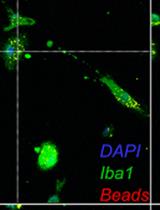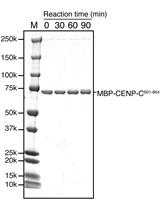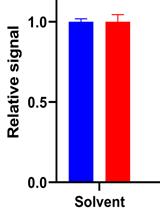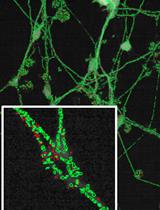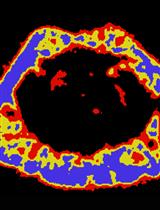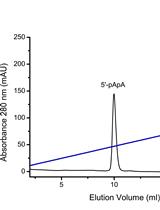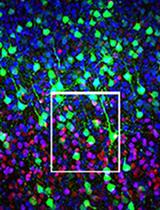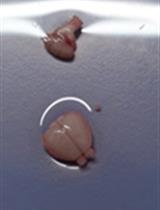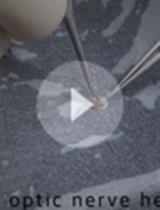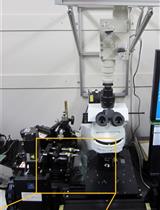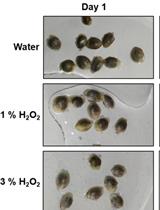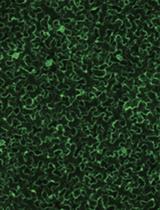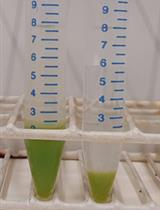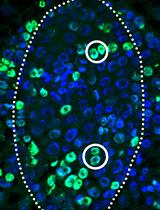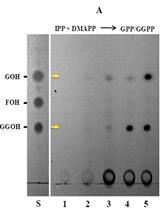往期刊物2021
卷册: 11, 期号: 1
癌症生物学
A Transient Transfection-based Cell Adhesion Assay with 293T Cells
基于瞬时转染的293T细胞粘附实验
A Rigorous Quantitative Approach to Analyzing Phagocytosis Assays
吞噬试验的严格定量分析方法
CENP-C Phosphorylation by CDK1 in vitro
CDK1体外磷酸化CENP-C的研究
细胞生物学
A Simple Microplate Assay for Reactive Oxygen Species Generation and Rapid Cellular Protein Normalization
用于活性氧生成和快速细胞蛋白质标准化的简单微孔板检测
A Parkinson’s Disease-relevant Mitochondrial and Neuronal Morphology High-throughput Screening Assay in LUHMES Cells
LUHMES细胞中与帕金森氏病相关的线粒体和神经元形态学高通量筛选分析
发育生物学
Measuring Bone Volume at Multiple Densities by Micro-computed Tomography
显微ct测量多重密度骨体积
微生物学
Assessment of Diadenylate Cyclase and c-di-AMP-phosphodiesterase Activities Using Thin-layer and Ion Exchange Chromatography
使用薄层和离子交换色谱评估二腺苷酸环化酶和c-di-AMP-磷酸二酯酶的活性
神经科学
Optimized Immunostaining of Embryonic and Early Postnatal Mouse Brain Sections
胚胎和产后早期小鼠脑切片的优化免疫染色
Establishing an Adult Mouse Brain Hippocampal Organotypic Slice Culture System that Allows for Tracing and Pharmacological Manipulation of ex vivo Neurogenesis
用于追踪和离体神经发生药理学操作的成年小鼠脑器官型海马切片培养系统的建立
Non-separate Mouse Sclerochoroid/RPE/Retina Staining and Whole Mount for the Integral Observation of Subretinal Layer
小鼠巩膜脉络膜/视网膜色素上皮/视网膜不分离染色及用于视网膜下层整体观察的全组织染色法
Calcium Imaging of Neuronal Activity under Gradually Changing Odor Stimulation in Caenorhabditis elegans
渐变气味刺激下秀丽隐杆线虫神经元活动的钙成像
植物科学
Development and Standardization of Rapid and Efficient Seed Germination Protocol for Cannabis sativa
大麻种子快速高效发芽规程的建立与标准化
Efficient Transient Gene Knock-down in Tobacco Plants Using Carbon Nanocarriers
应用碳纳米载体对烟草基因进行高效瞬时敲减
Stable Transformation of Arabidopsis thaliana Cell Suspension Cultures: A Case Study for the Overexpression of The COI1 Receptor
拟南芥细胞悬浮培养的稳定转化:COI1受体过度表达的案例研究
A Pulse–chase EdU Method for Detection of Cell Division Orientation in Arabidopsis and Juncus prismatocarpus Leaf Primordia
脉冲追踪EdU法检测拟南芥和笄石菖叶原基细胞分裂方向
Non-radioactive Assay to Determine Product Profile of Short-chain Isoprenyl Diphosphate Synthases
用于确定短链异戊烯基二磷酸合酶产物谱的非放射性分析


